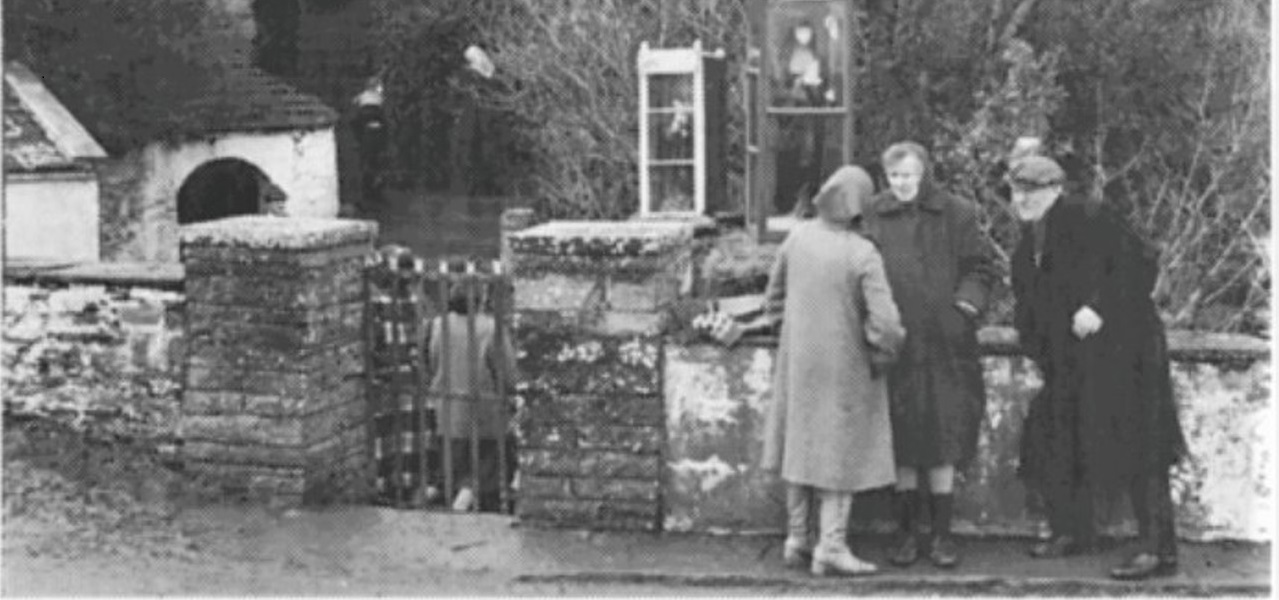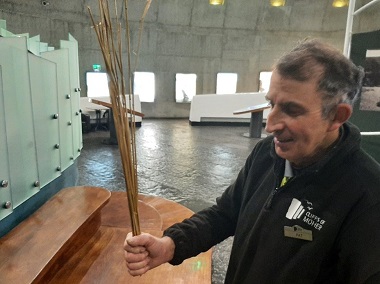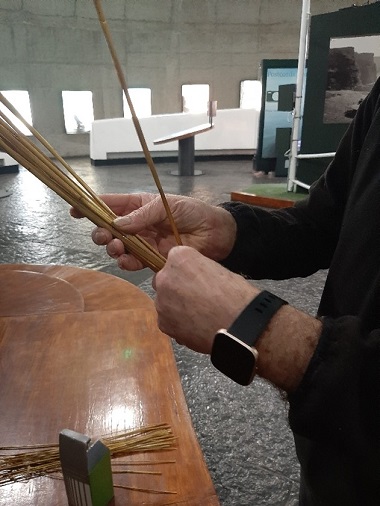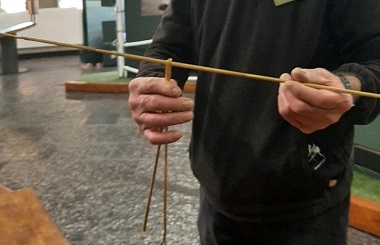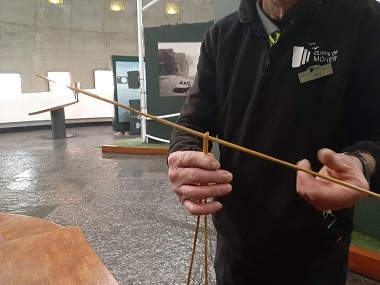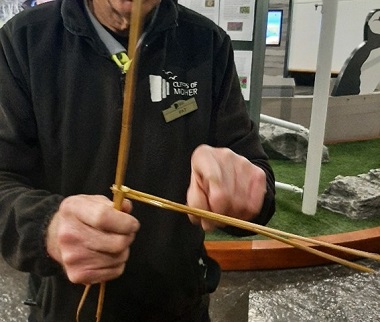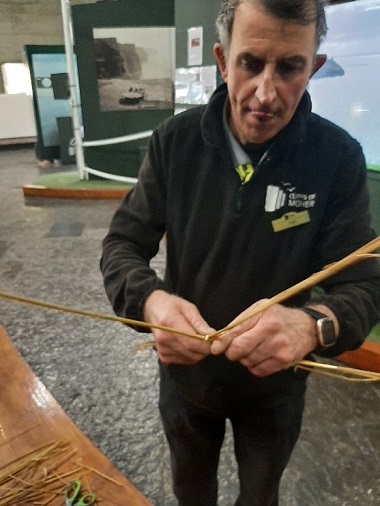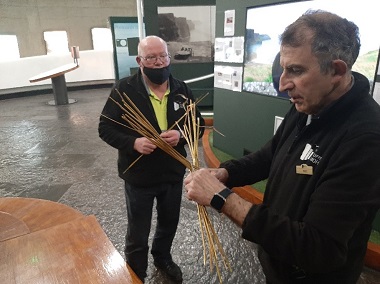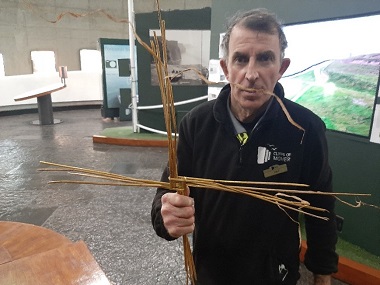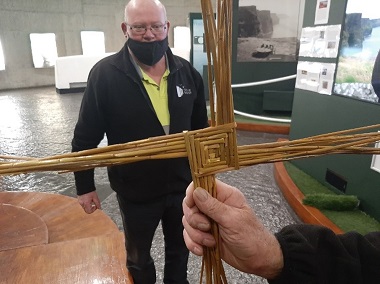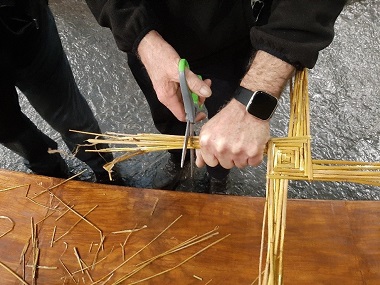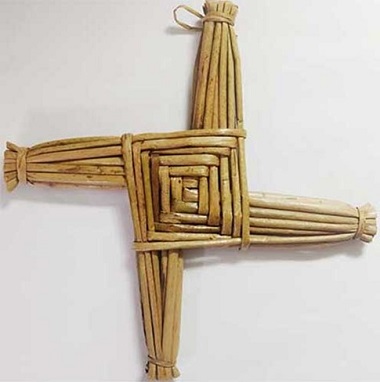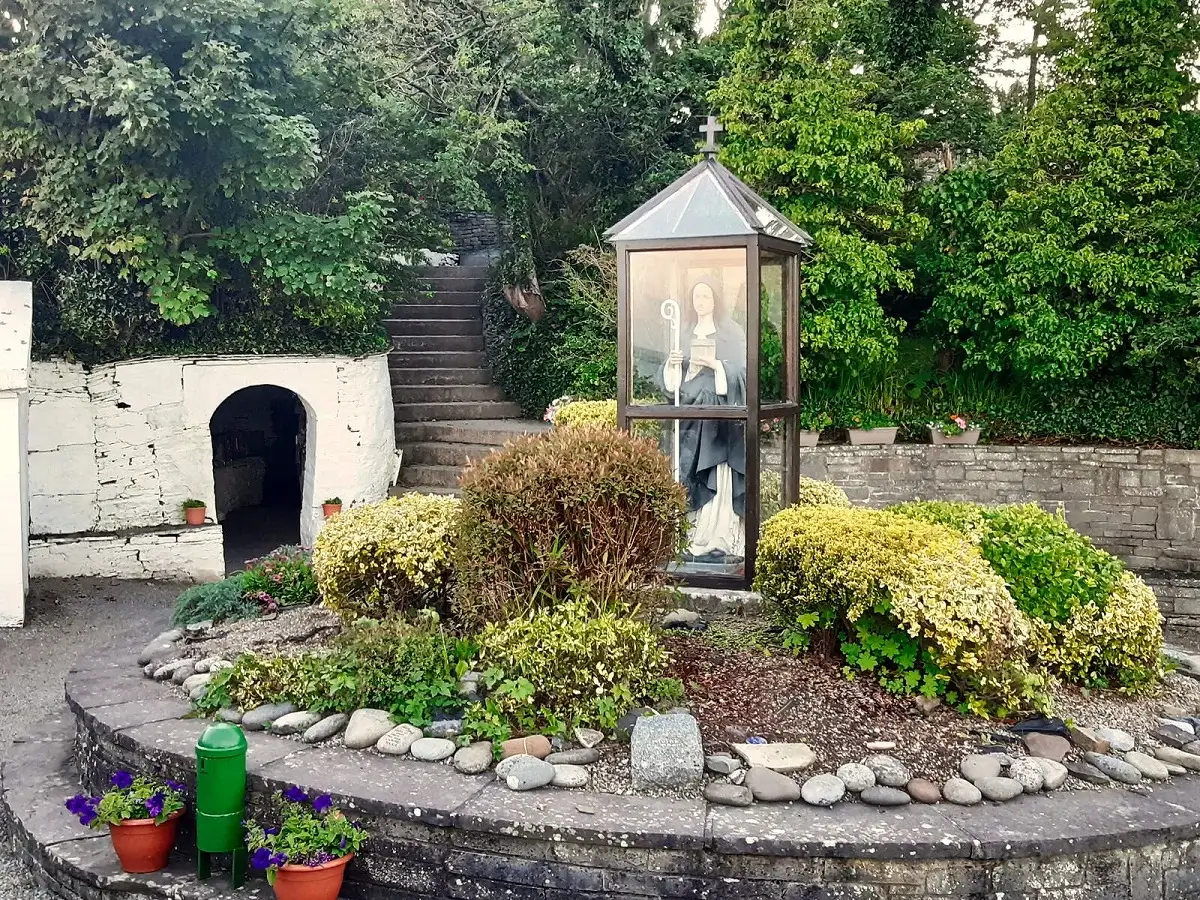
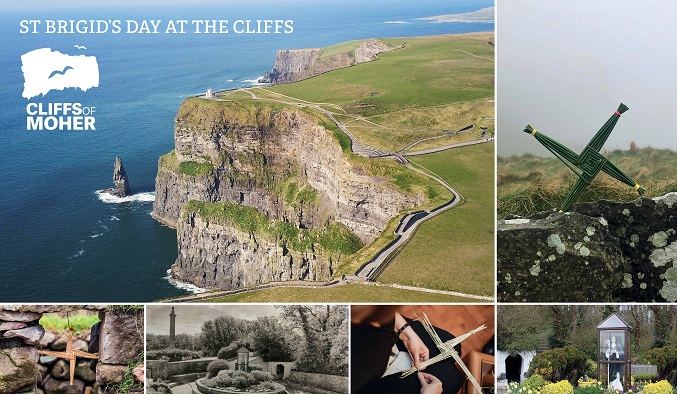
St. Brigid’s Day at the Cliffs of Moher
This year Ireland will be honouring St. Brigid, the female Patron Saint of Ireland with a new annual bank holiday. Saint Brigid was born Brigit and shares her name with a Celtic goddess. St Brigid’s Day has its origins in the ancient Celtic festival of Imbolc, the festival of new life and fertility. It was a time to look forward to brighter days, warmer weather, new growth on the land and the birth of farm animals.
St. Brigid’s Day Celebrations 2023:
Saturday, 28th January – Sunday, 5th February
‘How to Make Guide’ on St. Brigid’s Crosses and Brideóg dolls
St. Brigid’s Day, Wednesday, 1st February
Meet St. Brigid and Learn her Story and How to Make Crosses
Friday, 3rd February – Sunday 5th February
Learn the story of St. Brigid and How to Make Crosses
All craft demonstrations will take place in the Cliffs of Moher Experience Visitor Centre.
Demonstrations will be suitable for audiences of all ages and we invite people of all cultures to come to learn about our heritage and traditions on this feast day for our female patron saint.
Poems and fun facts about St. Brigid will also be on display.
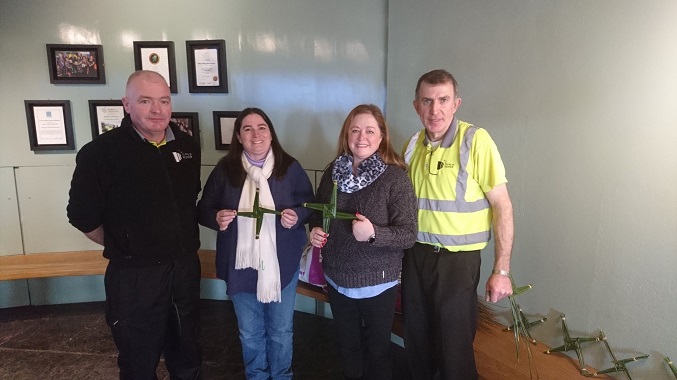
St. Brigid’s Crosses
It is customary on 1st February to plait Saint Brigid’s Crosses. The crosses are woven by hand from rushes and it is a skill very much in evidence at the Cliffs of Moher. On St Brigid’s day, we hold fun interactive sessions with visitors where staff skillfully demonstrate how to create crosses for visitors to bring home. And it is well worth doing so – the cross is thought to keep evil, fire and hunger from the home in which it is displayed.
St. Brigid
St. Brigid is probably the best-known and most beloved Irish saint after St. Patrick. She was an Irish nun, abbess, and founder of several convents. Her feast day, St. Brigid’s Day, February 1st, is also the first day of spring in Ireland. This interconnection can be traced back to Celtic pagan traditions in Ireland – Imbolc, the pagan festival of spring was celebrated on February 1st and marks the transition from winter to spring. The Celtic goddess of spring was called Brighid and as frequently happened the two traditions merged and “Brighid the pagan fire goddess” became “St Brigid”.
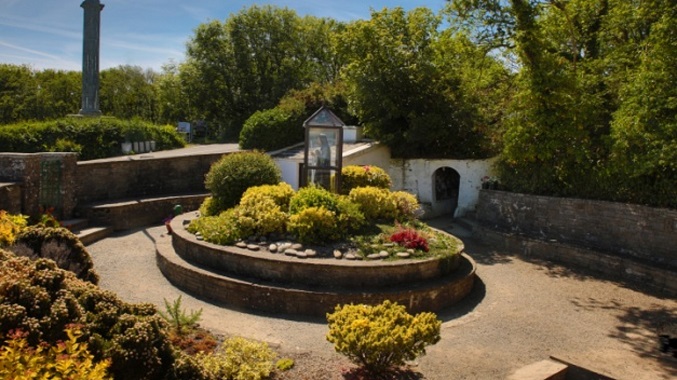
St. Brigid’s Holy Wells
There are many holy wells associated with St. Brigid throughout Ireland. One of the better known and most frequented is St Brigid’s well just outside Liscannor in County Clare. St. Brigid holds a special place in the hearts of people in the area and the local church in Liscannor is named after her. The well is very easy to find – turn left out of the car park at the Cliffs of Moher and on the right-hand side, you will see the statue of St. Brigid in her glass case surrounded by a low stone wall. It is one of the oldest wells rumored to have healing powers and the running sound of the water is audible.
It is housed in an open stone house or grotto that serves as a gateway to the ancient cemetery on the hill above it, accessible through steep paths and old stairs. The graveyard is the final resting place of several mythical kings and clan leaders of Ireland
Many still make the pilgrimage here on her feast day, February 1st, when mass is celebrated.
The well attracts visitors year-round, thousands of mementos, rosaries, prayers and pieces of clothing have been left in the stone grotto of the well and they continue to spill out into the trees lining the path to the cemetery. Votive candles are often lit 24 hours a day, left by locals and tourists alike. Traditionally, the water of this well should be sipped at the end of a visit to this shrine.
How to make a Brideóg
How to make a St. Brigid’s Cross
St. Brigid’s Well in Liscannor Co. Clare
St. Brigid’s well is a beautiful little sanctuary on the road from Liscannor to the Cliffs of Moher. Pious individuals may view it as a place of religion and healing. Indeed, it is one of the oldest wells in Ireland that is said to bestow healing from its waters. However, St. Brigid’s Well transcends religion to ancient Celtic times, to the time of our pagan ancestry and their customs and beliefs, a pre-Christian time when Celtic Gods, Goddesses, and Fairies such as the Tuatha Dé Dannan Tribe roamed the land.
St. Brigid’s Well, Liscannor. Feb 1st 1982 Photo T. Munnelly.
